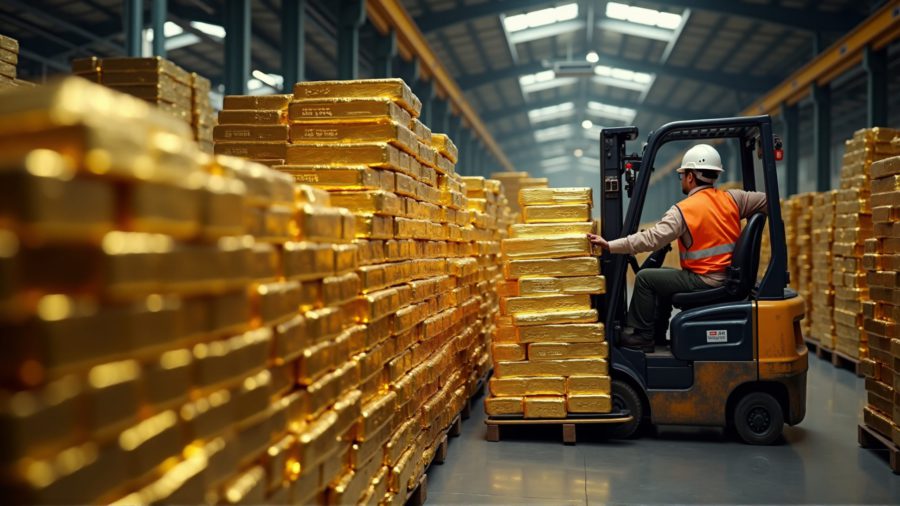Feeding copper to microbes may help curb GHG emissions

New research has shown that in the complex, dynamic aquatic environments some microbes call home, there might not always be enough copper available for denitrification, an important process that helps the earth fight climate change.
Denitrification is the digestive process that microbes go through after feeding, which is aided by the metals they consume. The process involves gaining energy by chemically reducing nitrate and releasing a harmless byproduct: nitrogen, the gas that makes up 78% of the earth’s atmosphere.
However, if copper isn’t present, instead of releasing nitrogen during denitrification, the organisms release nitrous oxide, the third most potent greenhouse gas, 50% of which comes from microbes in aquatic ecosystems.
“Material in a beaker is not the same as material in the environment,” Daniel Giammar, who’s leading the research, said in a media statement. “A big part of our approach was to take real materials from real environmental systems and bring them to the lab and look at them in controlled ways.”
The findings underscore the outsized role of copper when it comes to the release of nitrous oxide.
“At regular, background levels, these systems may not have enough metals to carry out the process,” Neha Sharma, a Ph.D. student in Giammar’s lab, said.
To better understand how copper affected the gas’s release in these systems, Sharma and senior scientist Elaine Flynn went to the source. Working with three US Department of Energy labs—Oak Ridge and Argonne national laboratories and the Savannah River Site—Sharma and Flynn collected microbes from wetlands and riverbeds. When they analyzed how much copper was in the systems, they realized it wasn’t enough to complete denitrification.
“Then we wanted to see, if we manually added copper, would it affect the release of nitrous oxide,” Sharma said. “It did. All of the nitrous oxide was converted into other things, but no harmful greenhouse gases.”
In Sharma’s view, this finding could point to new ways to curb a warming atmosphere.
“If we put a bit of metal into the natural systems, it might mitigate the release of N2O,” she said. It also could have a more immediate effect for researchers who study climate.
“Currently, models that are predicting the release of gases from various systems do not account for these factors,” Sharma pointed out. “They know factors like food availability or temperature might affect greenhouse gas release, but they don’t include the effect of metals on this aspect of greenhouse gases.”
The researcher believes that for people to truly understand and make useful predictions about climate, climate models need to incorporate all of the real-world complexity present in specific ecosystems.
More News
Gold that flowed into US in tariff bet now slowly trickles out
April 14, 2025 | 12:57 pm
PDAC video: Gabon’s Millennial Potash aims to become Africa’s first potash miner, CEO says
April 14, 2025 | 12:00 pm
{{ commodity.name }}
{{ post.title }}
{{ post.date }}




Comments